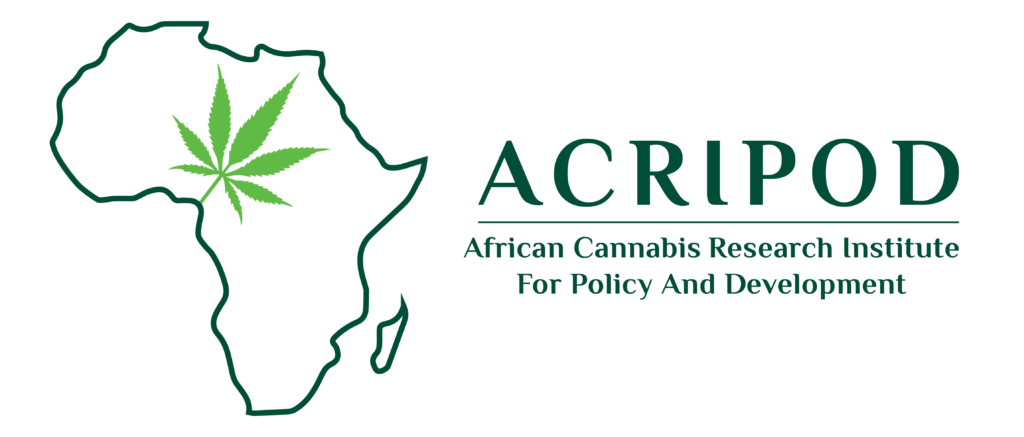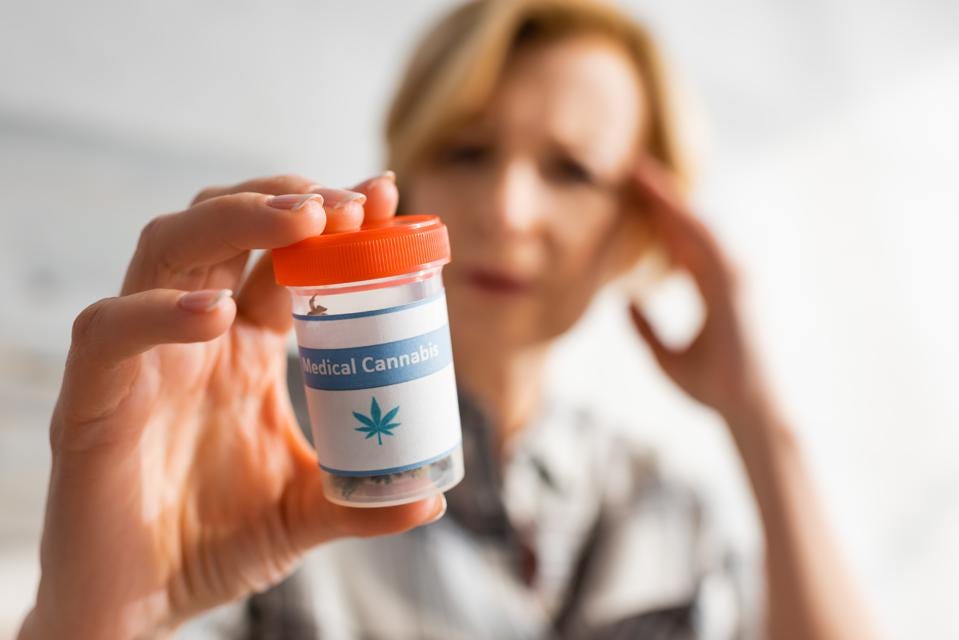Migraine headaches are a fairly common condition, but for those who suffer from them, they can make life extremely difficult. With symptoms like throbbing headaches, nausea and vomiting, sensitivity to sound and light, and even changes to vision like flashes of light or blind spots, it can be difficult to engage with everyday life when a migraine hits. In fact, migraines are so debilitating they are the second leading cause of disability for those younger than 50.
Unfortunately, migraines can also be difficult to treat. While multiple prescription medications exist for migraines, they aren’t always effective for many migraine sufferers who try them. This has left many looking for alternative treatments for migraines.
But a new study may give migraine sufferers a reason to hope that cannabis could be a helpful alternative for treating these intense headaches. According to the study’s results, migraine sufferers who have used both cannabis and prescription treatments for their migraines say that cannabis works better at bringing on relief.
This study, from the University of Colorado, Boulder, was designed to investigate how migraine sufferers use cannabis and whether they find relief when they do. To do this, researchers recruited 589 adult cannabis users who were living in states with full legal access to both medical and recreational cannabis. These participants completed an online survey that included questions about their cannabis use, their migraine experiences, and their experiences treating migraines using both cannabis and other medications. They even rated different treatments in terms of how much relief they brought from the migraine symptoms.
From these cannabis-using participants, 161 (or 27.3%) reported that they did experience migraines. And of those who had migraines, 123 (or 76.4%) said that they use cannabis specifically for treating their migraines. And 86 of these participants (or 69.9%) also said that they used other medications for their migraines.
Interestingly, migraine sufferers reported significantly more migraine relief from cannabis than from non-cannabis treatments – such as prescription migraine medications like triptans. The average reported relief with cannabis was 75.82% while non-cannabis products were only reported to bring an average improvement of 51.01%. Even looking at just the scores from those who used both types of treatments – cannabis was rated as a much more effective treatment.
Another interesting outcome of the study was the finding that 65% of migraine sufferers who use cannabis as a treatment, do so without having a medical cannabis card. The authors of the study point out that this could mean they are “self-medicating in lieu of physician guidance.”
Of course, this study is not without limitations. For one thing, survey-based studies are notoriously prone to error and bias when compared to other types of studies, because they rely deeply on individuals’ perceptions and reporting. In this type of study, it can be difficult to assess whether factors like the placebo effect are skewing the data. Still, until we have double-blind clinical studies on migraines and cannabis, survey studies like this one can provide valuable insight into migraine sufferers’ first-hand experiences with cannabis and their perceptions of its effects.
Another limit of this study was the lack of specificity in terms of the type of migraine participants were experiencing. It is possible some types of migraine headache may respond better than others to different treatments, so the authors suggest future research should include more investigation of the specific migraine characteristics being treated. This will help to get a more nuanced understanding of cannabis’ impacts.
Details on the type of cannabis used, how it was used, and factors like dosing and frequency should also be considered for future studies. This study only asked about cannabis use in general in terms of its effect on migraines, but cannabis contains a large amount of variety. The plant species has many different strains, which contain different blends of active chemicals that can lead to varied effects. And then there are many different types of cannabis products (such as raw flowers, cannabis topicals, concentrated oils, or edibles). There can be big differences in effects depending on how the plant is used. Tracking these factors could also offer a more nuanced picture of cannabis’ effects.
While more detailed surveys, or preferably double-blind clinical trials, could bring us more reliable data on these questions, this study does provide some insight into how people are treating migraines with cannabis. And the results are extremely hopeful for those who haven’t found relief from standard migraine treatments. Hopefully, in the future, clinical trials will help fill in some of the blanks, and give migraine sufferers clear parameters for how to treat migraines with cannabis.
Source: Forbes

